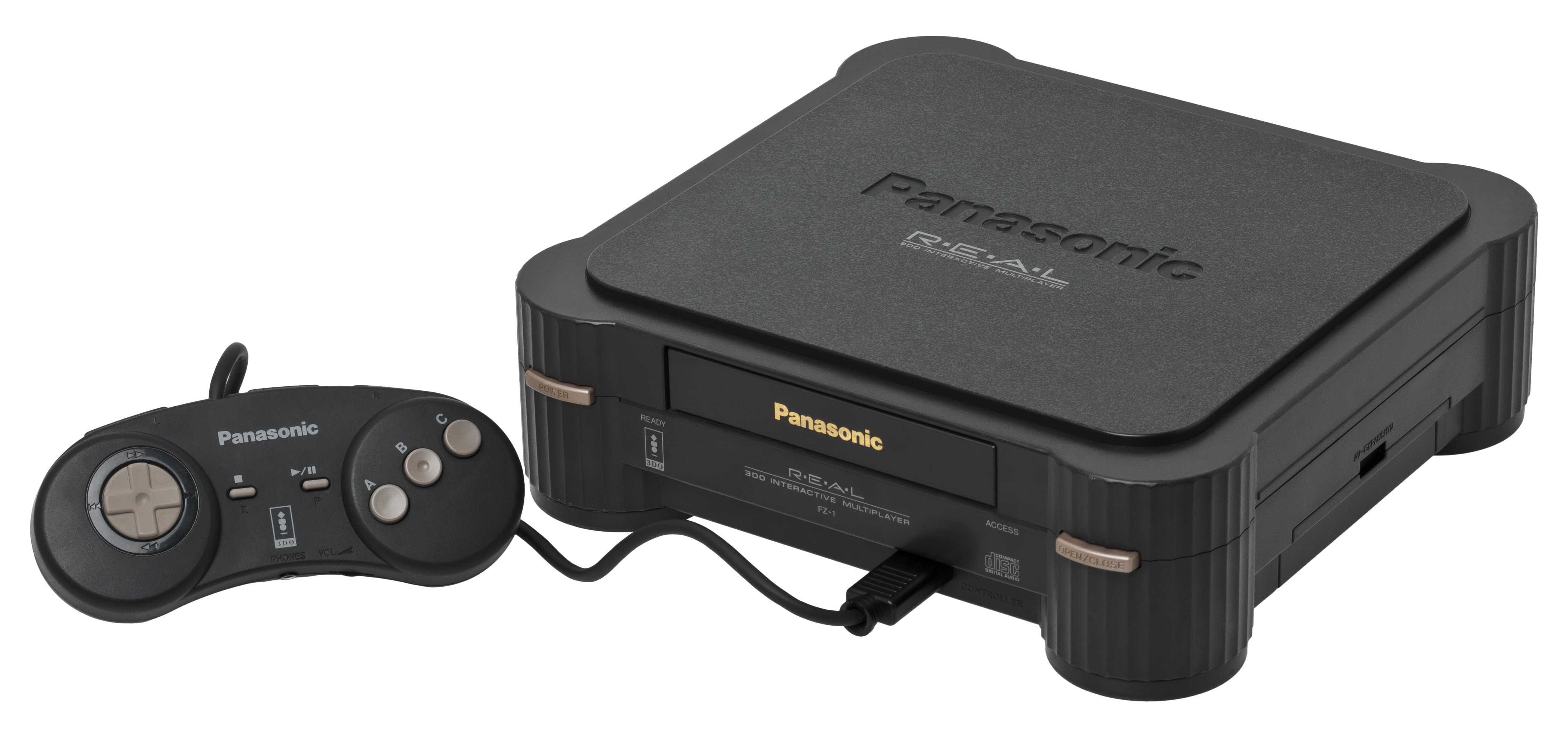|
3DO
3DO is a video gaming hardware format developed by The 3DO Company and conceived by Electronic Arts founder Trip Hawkins. The specifications were originally designed by Dave Needle and RJ Mical of New Technology Group, and were licensed by third parties; most hardware were packaged as home video game consoles under the name ''Interactive Multiplayer'', and Panasonic produced the first models in 1993 with further renditions released afterwards by manufacturers GoldStar, Sanyo, Creative Labs, and Samsung Electronics. Centered around a 32-bit ARM60 RISC-type processor and a custom graphics chip, the format was initially marketed as a multimedia one but this had shifted into purely video games within a year of launching. Despite having a highly promoted launch (including being named ''Time'' magazine's "1993 Product of the Year"), the oversaturated console market and the system's mixed reviews prevented it from achieving success comparable to competing consoles from Sega and Sony, r ... [...More Info...] [...Related Items...] OR: [Wikipedia] [Google] [Baidu] |
The 3DO Company
The 3DO Company was an American video game company based in Redwood City, California. It was founded in 1991 by Electronic Arts founder Trip Hawkins in a partnership with seven other companies to develop the 3DO standard of video gaming hardware. When 3DO failed in the marketplace, the company exited the hardware business and became a Third-party developer, third-party video game developer and published well-known games series like Army Men (series), ''Army Men'', ''Battletanx'', ''High Heat Major League Baseball'' and ''Might and Magic''. It went bankrupt in 2003 due to poor sales of its games. History Hardware developer Trip Hawkins wanted to get into the hardware market after the software market exploded with interest thanks to his involvement at Electronic Arts. When the company was first founded, its original objective was to create a next-generation CD-based video game system specified as the 3DO, which would be manufactured by various partners and licensees; 3DO would co ... [...More Info...] [...Related Items...] OR: [Wikipedia] [Google] [Baidu] |
Panasonic M2
Panasonic M2, earlier known as 3DO M2, is a multimedia terminal and cancelled video game console. It was initially developed by The 3DO Company as a peripheral chip for the 3DO hardware before turning into a standalone successor system. In January 1996, the technology was acquired by Matsushita (Panasonic) who continued development as their own game console before cancelling it altogether in 1997. The M2 technology was then incorporated into commercial-oriented devices including a Konami arcade board and in interactive kiosks. History As with the 3DO Interactive Multiplayer, the M2 hardware was co-designed by Dave Needle and RJ Mical. First announced as a peripheral chip for the 3DO Interactive Multiplayer with a custom PowerPC microprocessor, the M2 eventually became a standalone console and was exhibited and demonstrated at the 1995 Electronic Entertainment Expo. For a time, the M2 was scheduled to be released both as a standalone unit and as an add-on chip. In 1996, an M2 ... [...More Info...] [...Related Items...] OR: [Wikipedia] [Google] [Baidu] |
Gex (video Game)
''Gex'' is a 1995 platform game developed by Crystal Dynamics. It was originally released for the 3DO; ports of the game for the PlayStation and Sega Saturn were later developed by Beam Software, and a Windows version was released by Microsoft. It was a pack-in game for Panasonic models of the 3DO later in the console's life. It is the first in the ''Gex'' series of video games, and introduces players to the title character, a wisecracking, television-obsessed gecko voiced by comedian Dana Gould, who must venture through the "Media Dimension" and defeat Rez, the overlord of the dimension who wants to make Gex into his new network mascot. ''Gex'' was created by Lyle Hall in 1993 shortly after he had joined Crystal Dynamics, and initially followed a movie stuntman named Gecko X before being retooled at the advisory of lead programmer Gregg Tavares. The game's lead character was intended as a mascot for the developer who could rival the likes of other immensely popular platformer ... [...More Info...] [...Related Items...] OR: [Wikipedia] [Google] [Baidu] |
